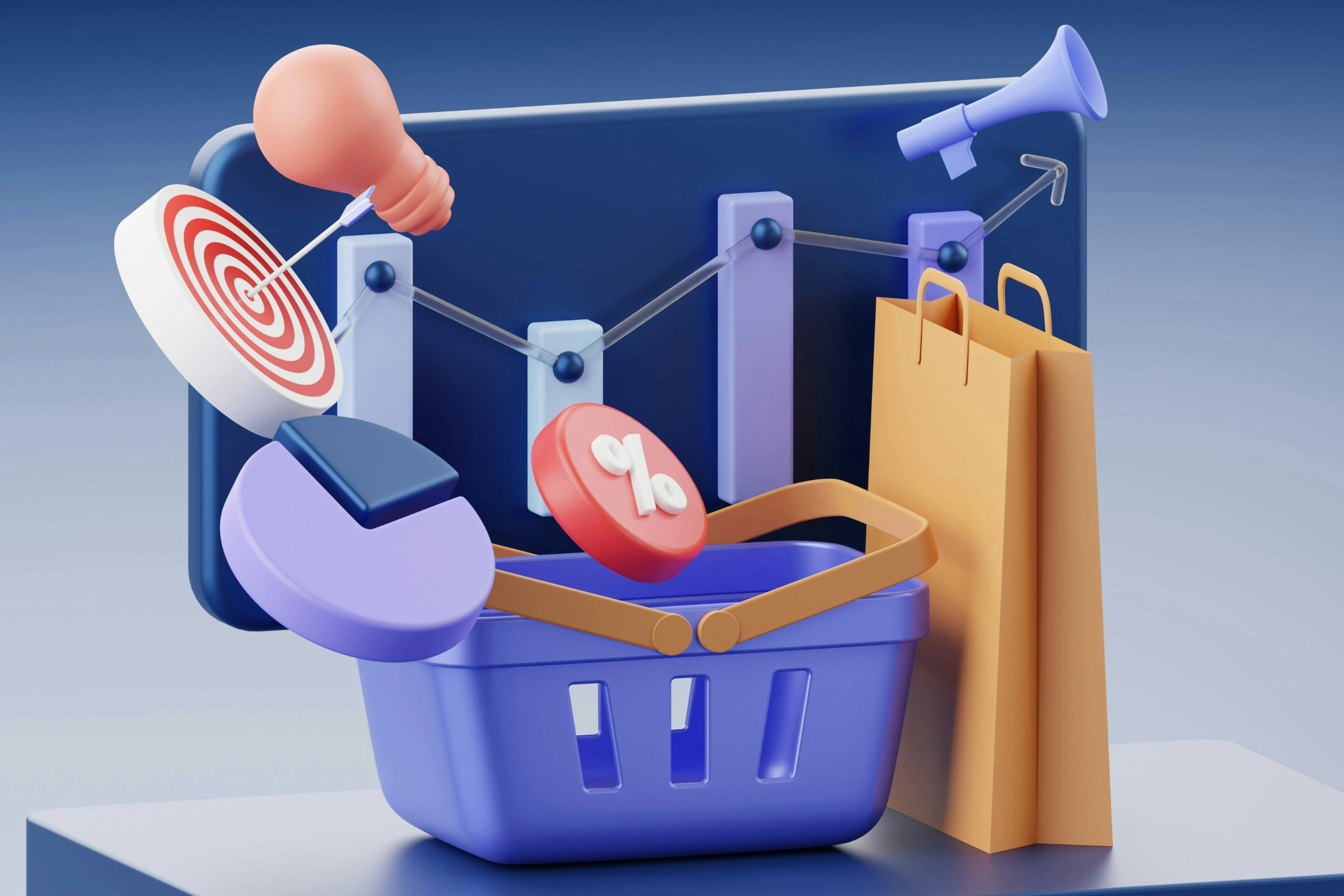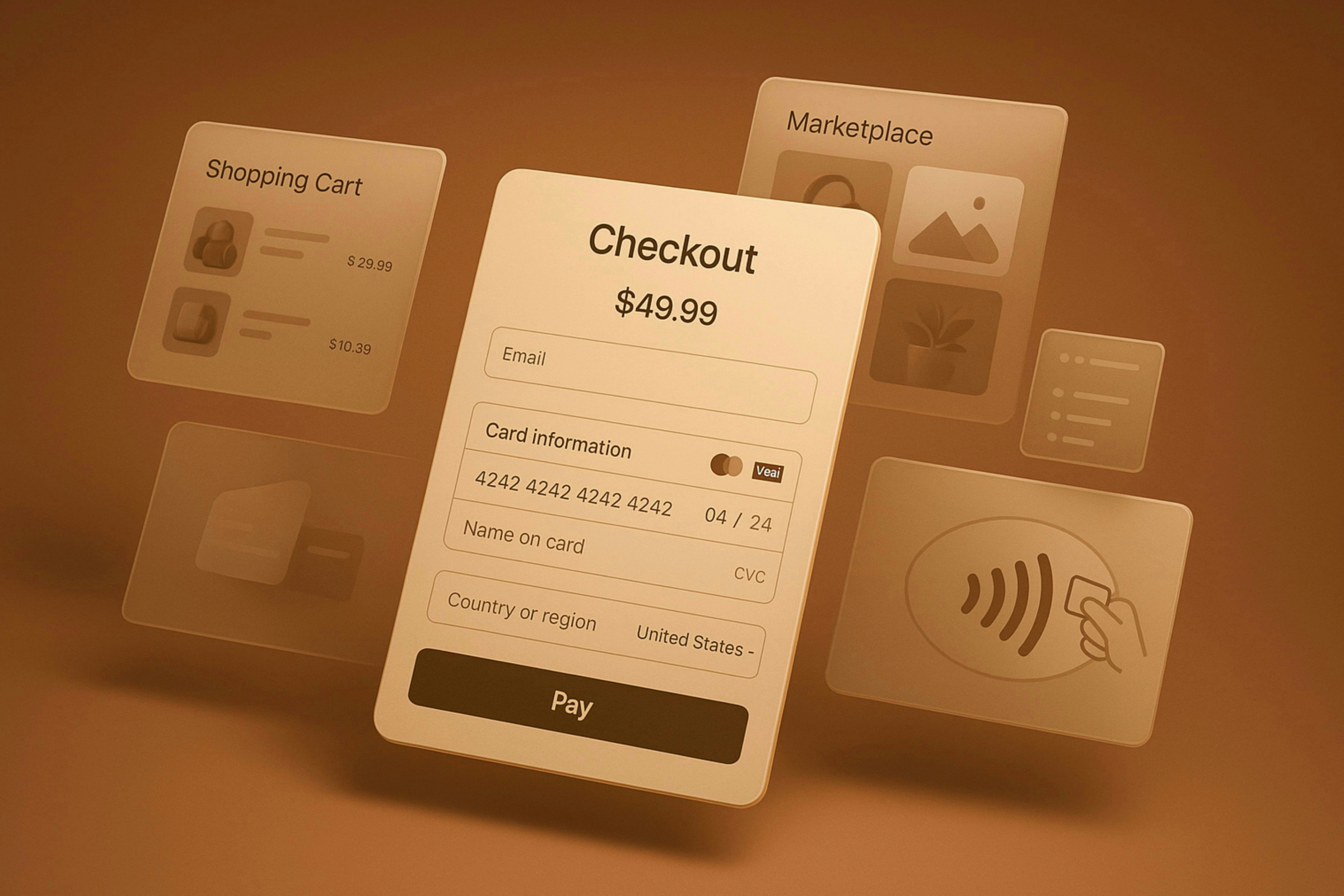How to Prioritize CRO Tests with Limited Traffic
For many small and mid-sized Shopify stores, the biggest challenge isn’t creating new ideas to test, it’s finding enough traffic to validate them. Traditional A/B testing depends on thousands of visits to reach significance, which puts smaller stores in a tough position. Stopping tests early creates false positives, waiting too long wastes time, and not testing at all leaves growth to guesswork.
Limited traffic doesn’t mean CRO has to stop. It means the approach needs to change. By rethinking how experiments are prioritized and which methods are used, even stores with modest volumes can learn from their visitors and make meaningful improvements.
Why Testing Matters in CRO
Conversion Rate Optimization is built on iteration. Without testing, most changes end up being guesswork, with tweaks made because they feel right rather than because they have been proven to work. Over time, this approach creates noise instead of clarity. Structured experiments flip the script, showing what actually moves the needle and building confidence in every decision.
The role of experiments in Shopify stores
For Shopify merchants, experiments connect user behavior to business results. A product page might look polished, but until variations are tested, there’s no way to know whether visitors understand the value or trust the offer. Tests provide that missing link, transforming assumptions into measurable outcomes. Even when traffic is limited, having a testing mindset ensures that every adjustment is tied to real user signals rather than opinion.
Understanding Minimum Sample Size

Why sample size matters in CRO
Statistical significance is what separates a valid experiment from noise. When traffic is too low, conversion rates fluctuate wildly because just a handful of extra orders can swing percentages up or down. A product page with 200 visits might show a 20% lift in conversions for one variation today, and a 15% drop tomorrow; neither result is reliable.
The danger is that teams see these short-term changes as meaningful wins. They roll out the “winner,” only to realize weeks later that performance has returned to baseline. Instead of progress, the store has burned time and resources while confidence in testing declines.
Testing without enough sample size doesn’t just fail to provide answers; it actively misleads. For CRO to work, results need to be stable across time and traffic sources, not dependent on chance.
Calculating traffic thresholds
The number of visitors required for a valid test depends on three factors: baseline conversion rate, the size of the lift you want to detect, and the confidence level you’re aiming for (commonly 95%). The lower your conversion rate and the smaller the improvement you’re trying to measure, the more traffic you’ll need.
As a rule of thumb:
- A store with a 2% baseline conversion rate needs thousands of visitors per variation to detect a modest lift of 10–15%.
- If traffic is under a few hundred visits per week, most A/B tests will never reach significance, even after months of running.
Advanced teams often use online sample size calculators or tools like Intelligems to estimate requirements before committing to a test. Beginners can follow a simpler guideline: if you can’t realistically expect several thousand sessions per variation within a month, classic A/B testing is not a good use of resources.
In those cases, it’s smarter to prioritize methods that generate directional insights, such as smoke tests, feature tests, or qualitative research, until traffic grows enough to support statistical testing.
Smoke Tests: Quick Validation With Low Traffic
Not every hypothesis deserves the investment of a full-scale A/B test. Smoke tests act as lightweight experiments designed to check whether an idea has enough potential before you commit resources. For stores with limited traffic, they work as a filter; if the change doesn’t spark any movement, it’s better to move on quickly.

How smoke tests work
The purpose is not to reach statistical significance but to capture directional signals. Instead of splitting traffic between two polished variations, you run a single temporary change and monitor short-term shifts in behavior. Metrics like button clicks, scroll depth, add-to-cart rates, or even email sign-ups can reveal if the idea resonates. If there’s no movement at all, running a full A/B test would likely be a waste.
Practical examples for Shopify stores
- Button copy: Swap “Buy Now” for “Get Yours Today” and track if click-throughs rise noticeably
- Offer experiment: Display a temporary free-shipping banner and see if the add-to-cart rate spikes
- Layout adjustment: Simplify a crowded product section and check whether scroll depth increases
- Visual variation: Test one bold product image versus a softer lifestyle shot to see which grabs attention faster
These experiments can often be launched with a simple theme edit, a personalization app, or even a custom script. The key is speed and clarity: treat results as directional, not definitive. Smoke tests help you prioritize what’s worth a deeper experiment and avoid wasting months chasing ideas that don’t move the needle.
Feature Tests: Microelements That Don’t Need Big Traffic
While full-page A/B tests require large sample sizes, testing microelements often provides insights with far less volume. Feature tests focus on individual details that directly influence user action, such as button color, form fields, or payment methods. Because these changes are tightly scoped, even small datasets can reveal meaningful patterns.
Why feature tests work
Visitors interact with certain elements on every session: the add-to-cart button, the checkout form, or the navigation menu. Since these touchpoints get repeated exposure, performance shifts become visible sooner. Instead of needing thousands of orders to validate an entire page redesign, you can observe behavior changes with far fewer interactions.
Practical applications in Shopify
These types of changes are especially useful when analytics already show a bottleneck. For example, if users drop off consistently at checkout, a feature test might validate whether removing a non-essential field improves completion. If cart abandonment is high, adding express pay can be trialed to see if adoption offsets the friction.
Common applications include:
- Checkout fields: simplifying or removing unnecessary inputs
- Express payment: enabling Shop Pay, PayPal, or Apple Pay
- Product visuals: testing image size, zoom, or interaction style
- Cart drawer: adding motivators like progress bars for free shipping
Placed at the end of the process, these examples serve as proof of how feature tests transform small adjustments into meaningful signals, even with limited traffic.
Qualitative Testing: Heatmaps, Recordings, and Beyond
Quantitative tests tell you what’s happening, but qualitative tests reveal why. For Shopify stores with limited traffic, this approach is often the fastest way to uncover friction, since it doesn’t depend on statistical significance. Heatmaps, session recordings, and user feedback expose the small details that numbers alone can’t explain.
Why qualitative insights matter
Even if you know a product page has a high bounce rate, numbers won’t tell you whether users got confused by the copy, distracted by a pop-up, or frustrated by slow loading. Qualitative testing closes this gap by showing real interactions, making it easier to prioritize fixes that actually address user pain points.
Practical tools and methods
Several methods can be layered to collect richer insights:
- Heatmaps: Show where visitors click, scroll, and hover, revealing what captures attention or gets ignored
- Session recordings: Replay real user journeys to see where hesitation, rage clicks, or drop-offs happen
- On-page surveys: Short, targeted prompts asking users what held them back from buying
- User testing platforms: Invite real people to complete tasks on your store while narrating their experience
Turning insights into action
Qualitative testing works best when observations are tied directly to decisions. If recordings show users struggling with navigation, restructure the menus. If heatmaps reveal that CTAs go unnoticed, adjust design hierarchy. These findings don’t replace A/B tests, but they point to the most promising areas to test once traffic grows.
Placed together, these methods give Shopify merchants a low-traffic-friendly way to understand friction, moving beyond guesswork and grounding optimization in real customer behavior.
Prioritization With an Impact vs. Effort Matrix
When traffic is limited, you can’t test or implement everything at once. The challenge isn’t just identifying what could be optimized, but deciding what should be optimized first. That’s where prioritization frameworks like the impact vs. effort matrix come in. They help merchants rank opportunities based on potential upside and resource demand, creating clarity instead of scattered attempts.

Why prioritization matters
Without a framework, optimization can turn into chasing random ideas, tweaking a banner one week, then a checkout button the next, with no clear logic. A structured matrix avoids this by ensuring that time and energy go into the changes most likely to drive measurable gains.
Choosing where to focus
Every Shopify merchant faces the same trade-off: dozens of ideas, limited time, and resources. Some changes look tempting but require weeks of development, while others are quick to ship yet deliver almost no revenue impact. The Impact vs. Effort Matrix exists to make this trade-off visible. By mapping optimizations into quadrants of effort and reward, it turns guesswork into a simple visual that clarifies where attention should go first. Instead of chasing the loudest idea in the room, merchants can see which moves are likely to matter and which are distractions.
How the matrix works
The method is simple: plot each idea on two axes, impact (the expected improvement to conversion or revenue) and effort (the resources, cost, or complexity required). This creates four categories:
- High impact, low effort: quick wins that should be prioritized
- High impact, high effort: strategic projects worth planning for
- Low impact, low effort: easy adjustments, but low priority
- Low impact, high effort: usually not worth pursuing
Applying it in Shopify
For Shopify merchants, this matrix is particularly helpful when resources are tight. For example:
- Simplifying a checkout form may have a high impact, low effort
- A full theme rebuild may land in high impact, high effort
- Changing a hero image could be low impact, low effort
- Custom coding a niche feature might fall under low impact, high effort
By categorizing initiatives this way, even small teams can focus on what moves the needle fastest, without burning time on distractions.
Conclusion
CRO doesn’t have to stop just because traffic is limited. While classic A/B testing demands high volume, merchants can still move forward by combining smarter approaches: focusing on minimum sample size, experimenting with microelements, running qualitative tests, and applying prioritization frameworks to decide what matters most.
What makes the difference is discipline. Instead of chasing random tweaks or copying competitors, small stores can create a clear system for learning from their visitors and investing effort where it pays off. Each step may feel incremental, but together they build a foundation of growth that compounds over time.
Frequently Asked Questions
Can I run A/B tests with low traffic?
Usually not. A/B tests need a minimum sample size to reach significance. With low traffic, focus on qualitative methods and micro tests instead.
What’s the fastest way to find CRO bottlenecks?
Use qualitative tools like heatmaps, session recordings, and short surveys. They reveal friction points without needing large data sets.
Do I need paid tools to start CRO?
Not always. Shopify’s native analytics and free heatmap tools can provide enough insights to begin. Paid apps help scale but aren’t required at the start.
How should I prioritize CRO when resources are limited?
Apply an impact vs. effort framework. Start with high-impact, low-effort fixes such as checkout simplification or mobile optimizations.




.jpg)



